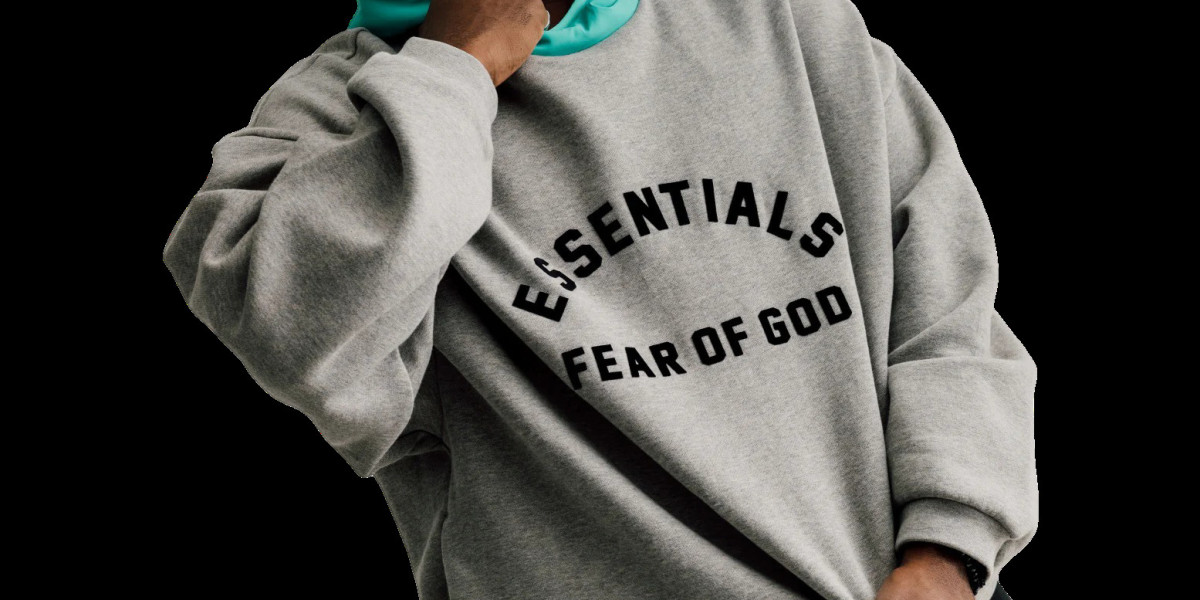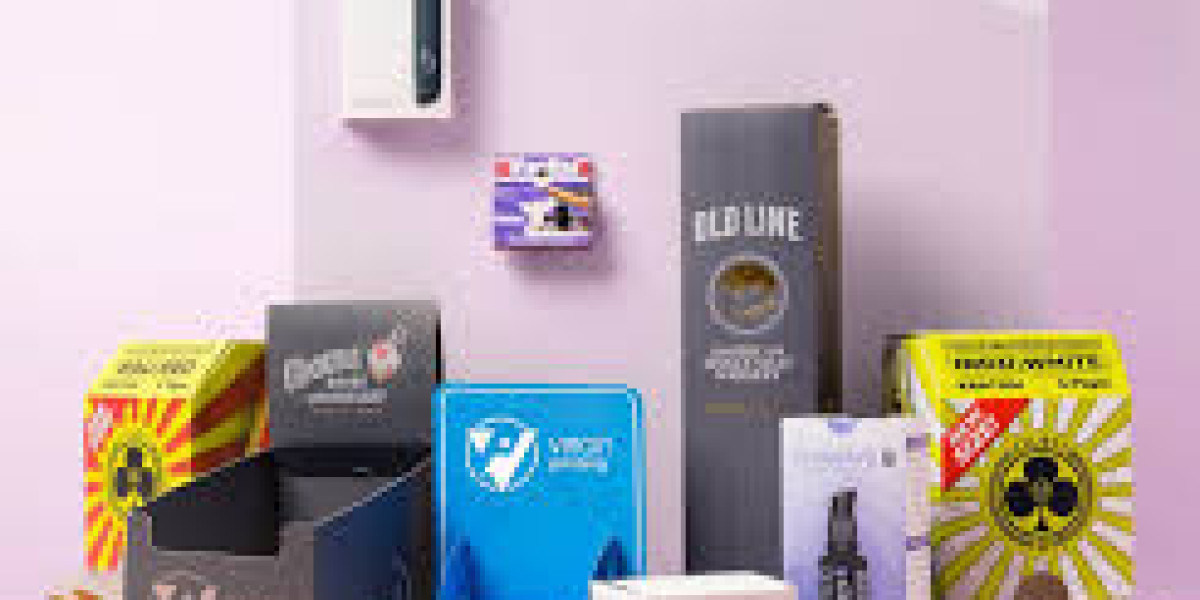Rainy weather doesn’t have to mean wet clothes, soggy socks, or ruined plans. Whether you're hiking a trail, biking to work, or simply running errands in a downpour, having the right rainwear can mean the difference between staying dry and getting drenched. Yet not all rain gear is created equa Essential Clothing effective wet-weather clothing must balance water protection, breathability, durability, and comfort.From waterproof jackets to quick-dry socks, here’s a comprehensive guide to must-have rainwear essentials that will keep you dry, warm, and prepared when the skies open up.
1. Waterproof Rain Jacket: The First Line of Defense
A reliable waterproof jacket is the single most important piece of rainwear you can own. It acts as your shield against rain and wind, and a well-chosen one will keep you dry without causing you to overheat.
What to Look For:
Waterproof vs Water-resistant: True waterproof jackets use membranes like Gore-Tex, eVent, or H2No, offering full rain protection. Water-resistant jackets can handle light drizzle but will soak through in heavy rain.
Breathability: A good rain jacket allows moisture from sweat to escape. Look for pit zips, mesh linings, or ventilation slits.
Hood Design: Adjustable hoods that cinch around your face and move with your head provide better visibility and protection.
Length: Longer jackets cover your hips and upper legs, which is useful for urban commuting or travel.
Pro Tip: Choose a jacket that packs down small so you can stow it in your backpack or bag easily when the sun comes back out.
2. Rain Pants: For Full Lower-Body Protection
Rain pants often get overlooked, but when you're out in sustained rain—whether hiking, biking, or walking—they're game changers.
Features to Consider:
Full or half-length zippers: Allows you to put them on or remove them without taking off your boots or shoes.
Elastic or adjustable waistbands: For comfort and ease of layering.
Articulated knees and gussets: Offer better movement and comfort during activity.
Packability: Like jackets, rain pants should be easy to stow.
Material Tip: Go for waterproof-breathable fabrics like Gore-Tex or nylon blends with a Durable Water Repellent (DWR) finish.
3. Waterproof Footwear: Keep Your Feet Dry and Comfortable
Few things ruin a day faster than wet, cold feet. Investing in waterproof footwear will keep you comfortable and blister-free, even during long wet spells.
Options to Consider:
Waterproof Hiking Boots or Shoes: Look for boots labeled “Gore-Tex” or “WP (Waterproof)” with sealed seams. Ideal for trails and heavy-duty outdoor activity.
Rubber Rain Boots (Wellies): Great for puddle-heavy commutes or garden work. Less breathable, but unbeatable in standing water.
Waterproof Sneakers: Many brands now offer urban waterproof options that look like regular sneakers but keep out rain.
Socks Matter Too: Choose merino wool or synthetic socks that wick moisture and dry fast. Never wear cotton—it soaks up water and dries slowly, leading to blisters and cold feet.
4. Umbrellas: Lightweight Backup Protection
While not ideal for heavy hiking or windy weather, an umbrella is an excellent piece of urban rainwear.
Types:
Compact Travel Umbrella: Easy to slip into a backpack or tote. Choose one with wind resistance and a sturdy frame.
Full-size Umbrella: Offers more coverage but is less convenient to carry.
Bonus Tip: Use an umbrella in combination with a waterproof jacket for maximum coverage without the need for rain pants.
5. Waterproof Backpack or Rain Cover
Don’t forget your gear. Even if you’re fully protected, a soaked backpack can ruin electronics, documents, or spare clothes.
Options:
Rain Covers: Lightweight and packable; fits over most backpacks.
Waterproof Backpacks: Fully sealed and ideal for serious hikers or bikers.
Dry Bags (Internal): Place valuables inside dry bags inside your regular bag for added protection.
6. Quick-Dry Base Layers and Clothing
When it’s wet out, what’s underneath your outerwear matters. Quick-dry, moisture-wicking clothing ensures that even if you sweat or get slightly damp, you won’t stay that way for long.
Look For:
Polyester, merino wool, or nylon blends
Long sleeves and leggings for colder rain
Avoid cotton at all costs
Pro Tip: Keep a dry shirt or pair of socks in a waterproof pouch so you can change out of wet clothes quickly.
7. Waterproof Gloves and Headgear
Hands and head are often exposed in wet weather. Keeping them dry helps maintain body temperature and comfort.
Gloves:
Waterproof gloves with thermal lining for cold, wet conditions.
Light rain gloves for mild, wet environments.
Hats:
Waterproof hats with wide brims can help shield your face and neck.
Baseball caps or beanies can be layered under hoods for added warmth and rain direction.
8. Ponchos: Lightweight, Budget-Friendly Alternatives
A poncho is a great emergency rainwear option and often comes in handy when you're caught off guard.
Advantages:
Covers both you and your backpack
Packs ultra-small
Cheap and disposable or reusable versions available
Drawback: Less form-fitting and may flap around in wind, but great for light travel or festivals.
9. Layering for Wet Weather
Rain gear works best in a layered clothing system:
Base Layer: Moisture-wicking (e.g., merino or synthetic)
Mid Layer: Insulating layer (fleece or lightweight down/synthetic jacket)
Outer Layer: Waterproof shell (jacket + pants)
This system allows you to adapt to changing conditions, whether it’s pouring rain or just high humidity.
Final Thoughts: Stay Dry, Stay Comfortable
The weather is unpredictable, but your comfort Essentials Hoodies doesn’t have to be. Investing in the right rainwear helps you enjoy the outdoors (or your commute) without worrying about getting soaked. The best rain gear is practical, packable, and comfortable enough to wear all day.
Essential Rainwear Checklist:
Waterproof jacket
Rain pants
Waterproof footwear
Quick-dry base layers
Umbrella (optional)
Waterproof gloves and hat
Waterproof backpack/rain cover
Dry spare clothes
Poncho (as backup)
Remember: good rainwear doesn’t just protect you from water—it allows you to keep moving, keep working, or keep exploring no matter what the skies throw at you.







